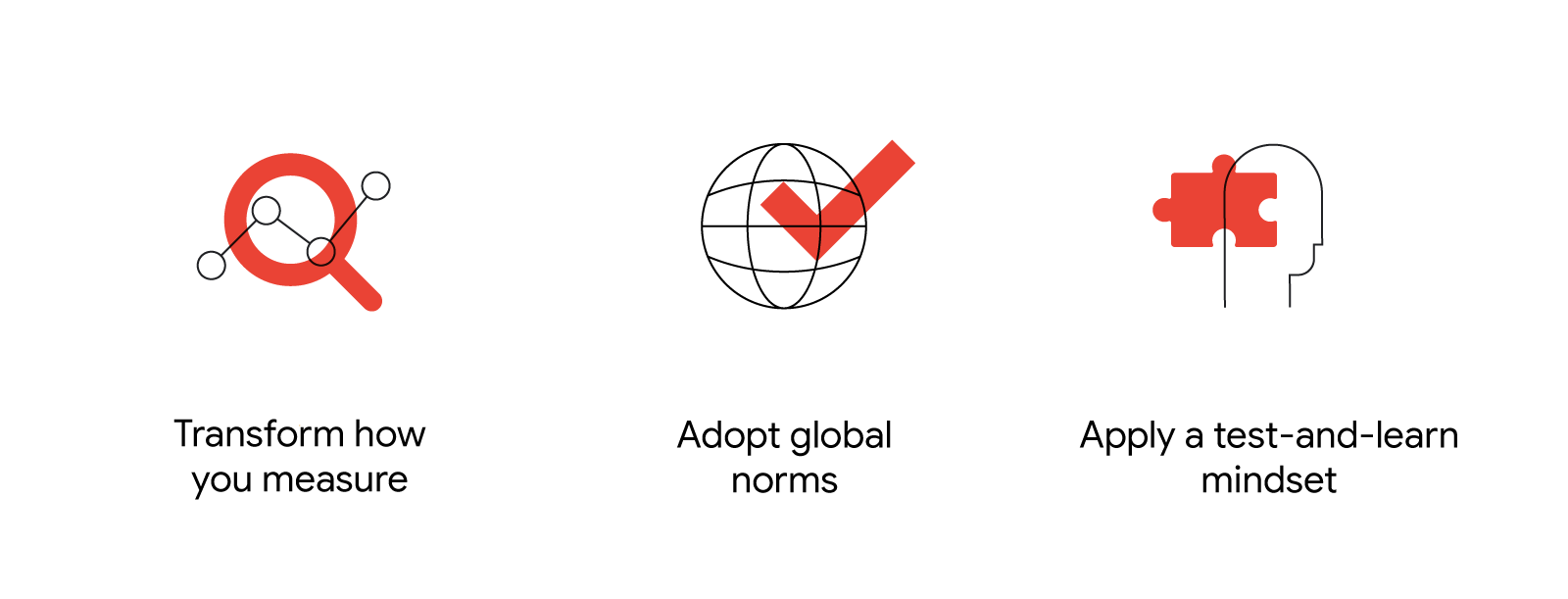Atin Kulkarni is the head of PepsiCo’s global media and data centre of excellence. Here he shares advice for video advertisers who are looking to get more out of their measurement strategy.
After many years as a marketer, I’m no stranger to navigating a crisis. But the current one is uncharted territory. In a matter of weeks, the coronavirus pandemic changed life as we knew it, forcing major behavioural shifts and accelerations in consumer trends.
PepsiCo is a company with 280 different brands under one umbrella. As a marketing team, our mission is to build intimate, direct relationships with billions of people and to bring our brands to life through those interactions. When billions of people’s lives change drastically, it’s our job to adapt and figure out the best way to show up. So having a flexible, measurable video marketing strategy has never been more critical — for PepsiCo or for any company. But pulling it off isn’t easy.
When billions of people’s lives change drastically, it’s our job to adapt and figure out the best way to show up.
For a few years now, my team and I have worked to gain a more holistic picture of our marketing and its impact by investing in new tools, technology, and organisational change. As immensely challenging as the past several months have been, these investments have helped us quickly pivot to address our consumers’ evolving needs, and continue to drive efficient impact across our brands globally.
We know we still have work to do but are confident we’re on the right track. Here are three lessons we’ve learned that I think other global brands can find useful.

1. Transform how you measure with ROI engine
Underpinning everything we do is a new approach to measurement based on an internal system we built called “ROI engine”. It has helped us reinvent how we use marketing mix modeling (MMM) and get a clearer picture of how campaigns impact business results across our top markets.
Here’s how ROI engine works: We automate everything we can — such as data inputs, processing, and running algorithms — to create standardised outputs. Then we use machine learning to synthesise more inputs and create richer models that give us better results and, naturally, more actionable insights. So now, instead of evaluating performance once a year, we can look at how it’s changing as often as our business needs demand. The more we do this, and the better we get at doing it, the more we understand the impact of all our media.
We are also focused on measuring video results, particularly getting a clearer view of how TV reach compares to digital video reach. To do that, we also occasionally rely on Nielsen Total Ads Ratings (TAR) studies in the U.S. and its market equivalent in other countries. The outcomes of these studies help us better identify inefficiencies in our media buys.
2. Adopt global norms that allow for nuance
One size does not fit all during the best of times, let alone during a pandemic that impacts every market differently. Still, we’ve found it important to establish a few creative and media best practices that are universally applicable across all geographies. This helps us ensure baseline effectiveness for our brands.
The score card has shown us that scaling the learnings is just as important as scaling the approach.
After receiving some honest critiques from the creative community at Cannes a few years ago, for example, we wanted to find a way to systematically make our video creative better. Our team in Europe responded by building a “creative and media score card” based on proven best practices, like YouTube’s ABCD framework. We joke about our love-hate relationship with the score card. But the truth is, it keeps us aligned, both internally and externally, with our agency partners.
Since its creation, we have been working to scale the score card far beyond Europe by incorporating it into an internal marketing dashboard that tracks our progress and allows us to share learnings across the teams. The score card has shown us that scaling the learnings is just as important as scaling the approach. Even amid the pandemic, our creative approach continues to anchor in consumer insights with purposeful messaging that tells our brand story and drives results.
3. Apply a test-and-learn mindset to unlock innovation
Innovation is core to everything we do at PepsiCo, whether it’s product development or marketing strategy. Prioritising a robust test-and-learn agenda that has clear goals, budgets, and measurement has empowered us to look forward and think bigger by making our creative more effective and our media more efficient.
One approach that we’ve been testing recently is personalisation: matching custom video creative to specific audience segments to deliver more relevant experiences. Tools like Director Mix help us do this efficiently at scale, and we’ve seen great impact.
For example, last year we tested personalised video ads in a campaign for our sparkling water brand, Bubly, and managed to boost awareness by 30%. We took what we learned and applied it to another YouTube campaign we ran this summer for Lay’s potato chips. For Flavor Icons, we created a series of custom videos around four unique Lay’s flavours inspired by iconic foods across the U.S., like New York-style pizza and Philly cheesesteak, to reach audiences with an affinity for the dishes.
This period may prove to be the greatest test-and-learn experience of our careers.
We’re also focusing on performance marketing, which requires a hearty appetite for experimentation. Given the nature of our business, performance marketing demands greater speed and forces us to sharpen how we incorporate data from retail partners and measure across systems. To emulate a direct-to-consumer approach, we’re leaning on tools like Ads Data Hub, which shows us data across campaigns and helps us gain more insight into how to reach and engage customers in a privacy-focused way.
When we look back years from now, this period may prove to be the greatest test-and-learn experience of our careers. All of its challenges have forced us, as video marketers, to critically assess what is working for our brands — and what isn’t. Universal truths may be hard to come by these days, but the importance of having a flexible, measurable video strategy and a willingness to pivot when new, compelling data is presented is likely something we can all agree on. I hope the success factors I’ve shared can help and inspire your own plans.






